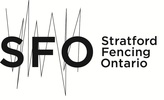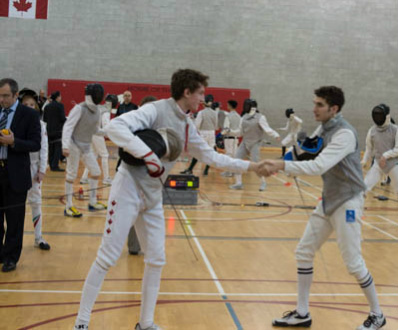What is Fencing? "Physical Chess at 100 mph"...
Fencing has been an Olympic sport since the modern Olympics began and is the only European martial art. Its roots are in real life duelling but it has evolved into a safe but exciting sport that engages strategy with physical prowess.
Fencing has three weapons - foil, epee, and sabre - each with unique target, weapons and rules.
Fencing is often referred to as 'physical chess' as it requires strategic decisions in response to your opponent responding to and initiating attacks coming at over 100 mph in a very closed space (14 m X 2 m). It requires tactical, technical and physical prowess and draws on ancient senses of chivalry and honour between combatants.
Despite its ancient roots, fencing is a very modern sport with cutting edge use of technology in scoring touches, equipment and training. Since the mid-1980s electric scoring has been the norm and the sport has never been faster, safer or more exciting.
Training is done in groups and in close apprentice relationships with coaches. Fencers bout within thier own club and travel to tournaments to participate against other fencers as both teams and individuals. The governing body, Federation Internationale d'Escrime (FIE), has over 145 national federations.
More on the history of fencing, including its Olympic history can be found at http://www.fie.ch/InBrief/Fencing.aspx
Fencing has three weapons - foil, epee, and sabre - each with unique target, weapons and rules.
Fencing is often referred to as 'physical chess' as it requires strategic decisions in response to your opponent responding to and initiating attacks coming at over 100 mph in a very closed space (14 m X 2 m). It requires tactical, technical and physical prowess and draws on ancient senses of chivalry and honour between combatants.
Despite its ancient roots, fencing is a very modern sport with cutting edge use of technology in scoring touches, equipment and training. Since the mid-1980s electric scoring has been the norm and the sport has never been faster, safer or more exciting.
Training is done in groups and in close apprentice relationships with coaches. Fencers bout within thier own club and travel to tournaments to participate against other fencers as both teams and individuals. The governing body, Federation Internationale d'Escrime (FIE), has over 145 national federations.
More on the history of fencing, including its Olympic history can be found at http://www.fie.ch/InBrief/Fencing.aspx


